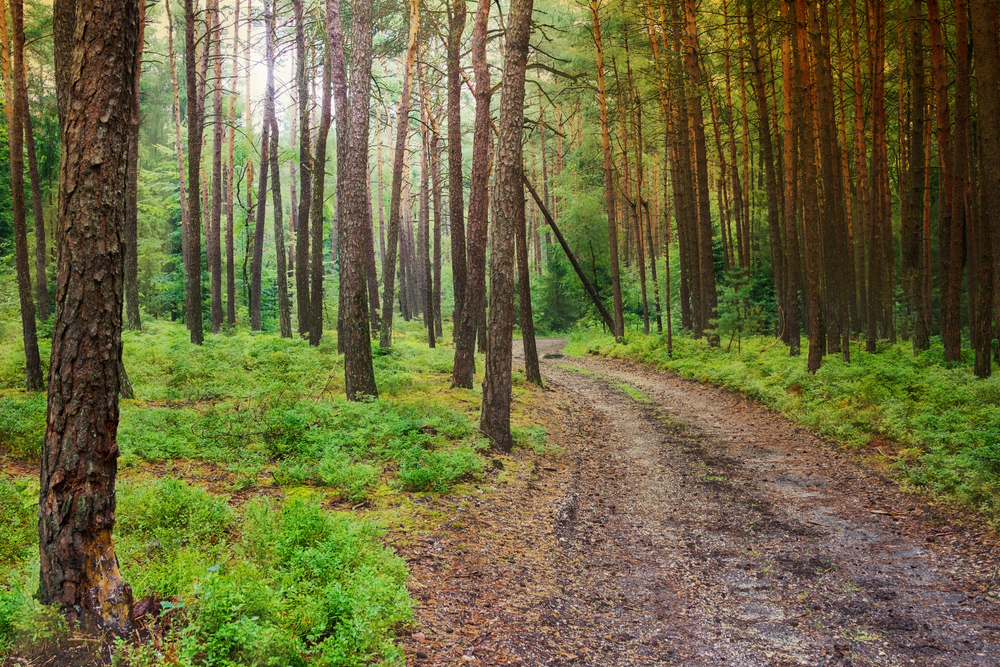U.S. Department of Agriculture is investing more than half a billion dollars through the Great American Outdoors Act to address deferred maintenance, improve infrastructure, increase user access and support rural economies while also meeting conservation goals.
Total funding for the Great American Outdoors Act is split between the Legacy Restoration Fund and the Land and Water Conservation Fund.
The Legacy Restoration Fund focuses on addressing the backlog of deferred maintenance on federally managed public lands and is providing $285 million for 450 projects in 38 states and Puerto Rico. In addition to the work on the Mountains to Sound Greenway Project, examples include improving campgrounds on the Monongahela National Forest in West Virginia and rebuilding roads leading to popular trails, campgrounds and wilderness areas on the Gila National Forest in New Mexico. More information on these and other Legacy Restoration Fund programs can be found on this user-friendly online dashboard.
The Land and Water Conservation Fund received permanent funding through the Great American Outdoors Act, and expands Forest Service conservation efforts on national, state and private lands through voluntary land acquisition. This fiscal year, the Forest Service is investing $218 million into these programs, launching 25 new projects to open up new fishing, hunting and recreation opportunities across tens of thousands of acres nationwide. One example is the Montana Great Outdoors Conservation Project, a $20 million investment to improve public access to forests in Montana for hiking, fishing, hunting, snowmobiling, berry picking and more. The project both improves access to previously disconnected lands and protects the land from non-forest uses, which is home to many species of concern, including grizzly bears, Canada lynx, gray wolves, and several fish species.
